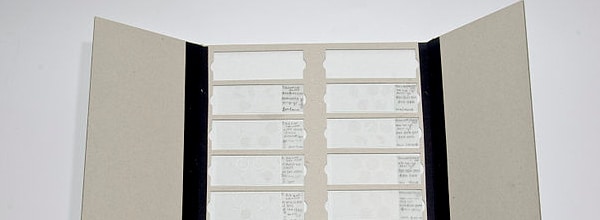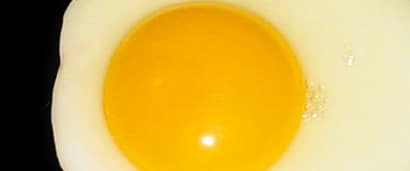From Cells to Scope: Chamber Slide Immunochemistry
Immunolabeling is the tried-and-true immunochemistry method of getting the stain you want onto the molecular target you want. Whether that target is contained within a large region of tissue (immunohistochemistry) or inside a single cell (immunocytochemistry), the ability to accurately label large numbers of samples will simplify your workflow and help you to achieve excellent…



